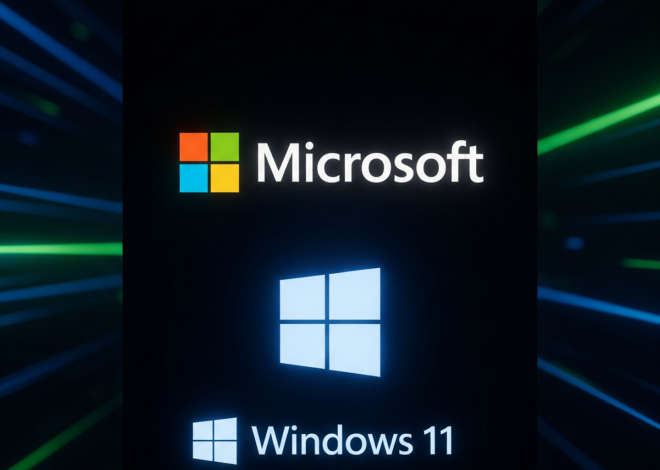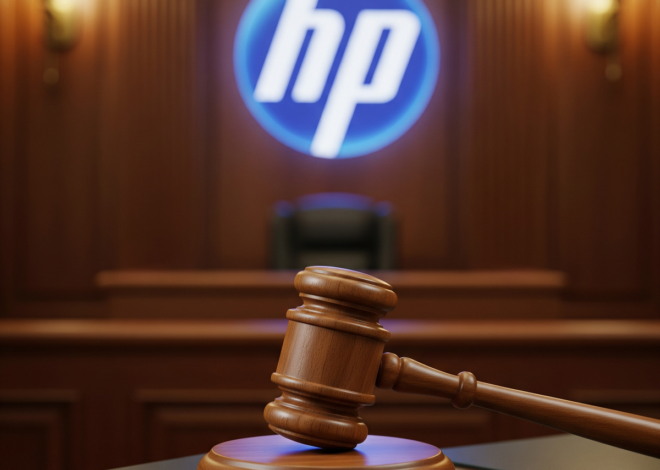
Cardano-Bitcoin Bridge: A New Dawn for Bitcoin DeFi?
In an ambitious move to bridge the gap between two of the largest cryptocurrencies, the upcoming Cardano-Bitcoin bridge, based on the Grail protocol, promises to be a pivotal step towards realizing true decentralized finance (DeFi) applications secured by Bitcoin. This development marks a significant milestone in the evolution of blockchain technology and its applications in the DeFi space.
Bridging Two Titans
Announced by Emurgo, the development arm of Cardano, in collaboration with BTCOS, the developer behind Grail, this new bridge aims to enable secure transactions between Cardano and Bitcoin. On October 24, Cardano founder Charles Hoskinson took to social media to highlight the potential of this integration. He emphasized that DeFi applications could soon be secured by Bitcoin, enabling developers to create hybrid applications that utilize both Bitcoin and Cardano’s capabilities.
One of the most notable features of this bridge is its resilience. Unlike previous Bitcoin layer 2 solutions, which required network operator consent for withdrawals, the Grail protocol allows Bitcoin users to withdraw from Cardano without needing validator approval. This ensures a higher degree of security and decentralization, addressing a major concern among Bitcoin enthusiasts.
The Grail Protocol: A Technological Leap
The Grail protocol is rooted in the innovative concept of “BitVM,” introduced by developer Robin Linus in a 2023 white paper. BitVM proposed the creation of Bitcoin “optimistic rollups,” similar to Ethereum’s Optimism, Base, or Arbitrum. However, the original BitVM system’s complexity made it impractical for real-world use.
Grail overcomes this hurdle by leveraging zero-knowledge (ZK) proofs, which significantly reduce the amount of data stored on Bitcoin. This advancement not only simplifies the process but also enhances security, allowing users to deposit Bitcoin into the layer-2 network without relying on the network’s security. Even if Cardano’s nodes were compromised, users could still retrieve their Bitcoin, ensuring robust protection against potential attacks.
Challenges and Opportunities
While the Cardano-Bitcoin bridge represents a monumental step forward, it also presents significant challenges. Developing DeFi applications secured by Bitcoin will require developers to be proficient in Cardano’s Aiken programming language. This need for specialized knowledge means that creating new apps won’t be as simple as adapting existing Ethereum-based solutions.
Charles Hoskinson has acknowledged the enormity of this task, stating that it will involve considerable effort and extensive wallet integrations. However, he remains optimistic about the potential benefits, noting the substantial value locked within the Bitcoin ecosystem.
Security Considerations
Despite its advanced security measures, the Grail system is not entirely immune to risks. Edan Yago, co-founder of BTCOS, pointed out that while the Grail bridge is more secure than current Bitcoin pegging systems, it is still vulnerable if 100% of its verifiers act maliciously. Nevertheless, he believes that Grail offers a stronger security assumption compared to Bitcoin’s reliance on honest miners.
Yago also highlighted the importance of creating secure bridging solutions, given the vast amounts of capital held in Bitcoin. He envisions Grail as a safer alternative to centralized entities, potentially unlocking trillions of dollars in latent Bitcoin assets for use in DeFi applications.
Future Prospects
As the Cardano-Bitcoin bridge moves closer to implementation, the crypto community is watching with keen interest. While challenges remain, the potential for a secure, decentralized bridge between these two major cryptocurrencies is an exciting development. Other solutions, such as OP_CAT, are also being explored, though they face their own set of challenges and complexities.
In conclusion, the Cardano-Bitcoin bridge represents a significant leap towards integrating Bitcoin into the DeFi ecosystem. With continued development and community support, it could pave the way for a new era of decentralized finance, unlocking the true potential of Bitcoin in a secure and innovative manner.


